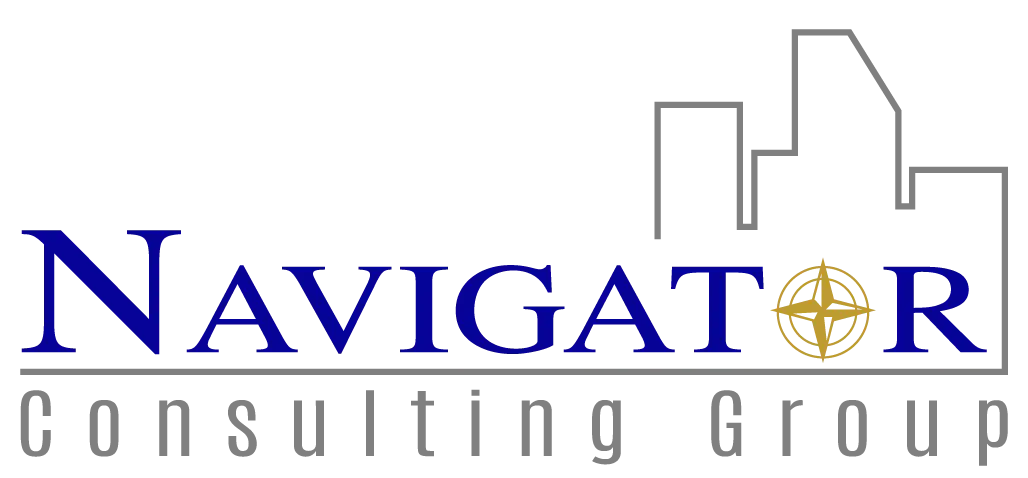Depending on the nature of your business and organizational culture, the first step when looking for office space is to decide which type of office space works best. The more quickly an organization adjusts to today’s workplace demands, the greater its advantage in recruiting and retaining employees. So, let’s consider the different types of office space.
Types of office space:
Hybrid
The hybrid model is as much a daily scheduling model as a physical office space design. Blending the traditional office layout with other workplace designs, the hybrid office incorporates elements of the ‘hot desk’ and ‘coworking’ styles to accommodate work-from-home employees that occasionally come to the office. The hybrid office space model fundamentally responds to the post-pandemic trend of employees remaining reluctant to use mass transit.
Traditional
Whereas the central business districts’ traditional office environment, with its rows of cubicles surrounded by private offices, will likely remain the most common office design, smaller ‘traditional’ outposts are now populating the surrounding boroughs or suburbs. Retaining the colors and designs favored by the company’s culture, these suburban office suites will include a combination of workstations, private offices, and a modest number of hot desks. Think of it as the Mini-Me of the corporate headquarters.
There are, however, financial headwinds for these ‘outposts.’ Specifically, the economics of replicating the traditional office model is materially more expensive than in pre-pandemic times. As a result, landlords now require longer lease terms to cover their upfront investments. On the other hand, tenants are reluctant to make long-term commitments during uncertain economic times. Consequently, other office design adaptations are taking hold.
Hot Desks
The term ‘hot desk’ derives from the U.S. Navy’s need to save space on submarines, which had sailors in separate shifts share rack-mounted hammocks. As a result, the hammocks remained ‘hot’ from the prior occupant. The ‘hot desk’ concept is now used to accommodate work-from-home employees’ desire to work from headquarters occasionally.
Today’s ‘hot desks,’ also called ‘hoteling,’ are reserved by workers daily or hourly. These workspaces can be as simple as a chair at a table with Wi-Fi and power or a more conventional cubicle, albeit without the personal effects. By incorporating this design within the traditional office model, companies can reduce their overall physical footprint to reduce the cost of occupancy.
Coworking
Designed and furnished within what was once called the ‘collaborative office design,’ these flexible workspaces were designed to accommodate a mix of employees from different organizations. These coworking offices had an assortment of open office space featuring moveable tables, couches, and coffee tables; team suites; privacy work booths, etc.
The co-workers’ community ranges from solopreneurs to small and large business employees. Although entirely independent, they work alongside one another while sharing the traditional office space features and services, i.e., turnkey private offices, conference rooms, pantries, broadband connectivity, copiers, etc.
In addition to the ‘networking’ advantages that stimulate the cross-pollination of ideas, the benefit of this model is the short-term commitment. Short-term license agreements, rather than the traditional lease, best accommodate solopreneurs who might be between assignments and larger organizations needing to temporarily staff up for non-routine projects.
Once solely populated by conventional cubicles and private offices, the traditional office space model has evolved into the hybrid work model, incorporating hot desks and coworking modules. Coworking arrangements within the traditional model are beneficial when different internal departments must work together on projects.
Executive Office Suites
Generally, the remote employee’s home office lacks the corporate brand for meeting with clients. Executive office suites effectively address the lack of a corporate image by providing conventional business offices on a per diem or scheduled basis. These ‘plug and play’ office alternatives are usually found in class-A office buildings that offer prestigious addresses and various on-site amenities that might not otherwise be available to small businesses or solopreneurs. Short-term and on-demand commitments provide additional flexibility.
These offices generally accommodate 1 to 5 people; they come with broadband and telephone answering services. Like the coworking model, the community of executive offices also share common conference rooms, reception areas, and pantries.
The Virtual Office
As the name implies, virtual offices are not physical office spaces; but a package of services, including a prestigious mailing address within a class-A office building, telephone answering, and on-demand use of conference rooms. Solopreneurs and solo professional practitioners usually find virtual offices practical and cost-effective, allowing them to work from home while projecting a ‘corporate’ image.
Summary
The traditional office environment is evolving in response to emerging employee work patterns. Will there be a single, one-size fits all solution? Probably not. As the traditional office model evolves into a hybrid work environment, there will be a layering of different office arrangements, especially ‘hot desk’ and ‘coworking’ elements. We also expect a greater reliance on executive and virtual offices as employees are dispersed; around a region, the country, or the world. Both workplace models will play a more prominent role when bonding remote workers to the corporation by helping to maintain employee communications and loyalty. Let’s face it…your father’s and mother’s office suites are in the rearview mirror.




